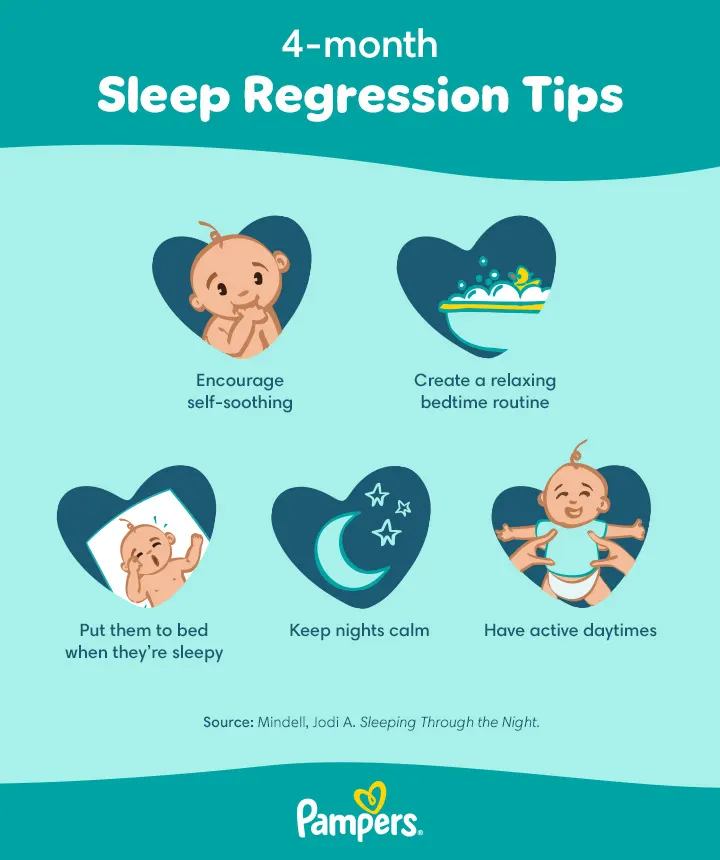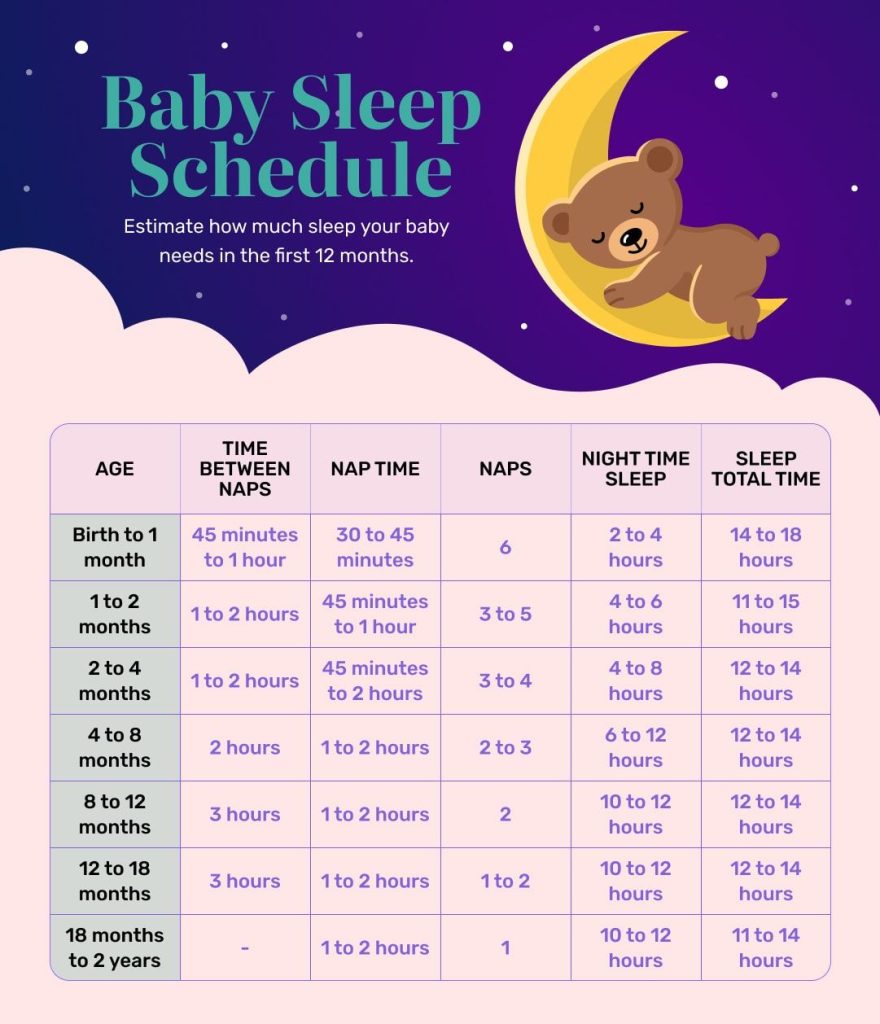Baby swings are not recommended for sleep. They pose risks such as suffocation and positional asphyxia.
Parents often seek ways to soothe their infants, and baby swings can be quite effective. These devices offer rhythmic motion, which many babies find calming. While baby swings provide temporary relief and comfort, they are not safe for prolonged sleep.
The American Academy of Pediatrics advises against letting babies sleep in swings due to safety concerns. Infants can slump over or twist into dangerous positions, restricting airflow. For optimal safety, always place your baby on a firm mattress in a crib or bassinet. Ensuring a safe sleep environment is crucial for your baby’s well-being and development. Prioritize safe sleep practices to prevent potential hazards.

Credit: www.todaysparent.com
Introduction To Baby Swings
Baby swings are a popular item for new parents. They help soothe and entertain infants. But are baby swings safe for sleep? Let’s explore baby swings and their uses.
What Are Baby Swings?
Baby swings are devices designed to rock or swing infants. They can be powered by batteries or plugged into an outlet. These swings often come with additional features. These include music, vibration, and toys.
Swings provide gentle motion to calm babies. They are usually cushioned and have safety straps. Parents use them to keep babies content when they need a break.
Popular Uses
| Use | Description |
|---|---|
| Soothing | Swings can calm fussy babies with gentle motion. |
| Entertaining | Many swings have toys and music to entertain babies. |
| Supervised Naps | Parents use swings for short, supervised naps. |
| Hands-free Time | Swings allow parents to have hands-free moments. |
Baby swings offer several benefits. They provide a safe place for babies to rest. They also offer parents a break, which is essential.

Credit: www.todaysparent.com
Safety Concerns
Parents often wonder about the safety of baby swings for sleep. Knowing the risks and separating facts from myths is crucial. This section dives into the safety concerns of baby swings.
Potential Risks
Baby swings can pose several potential risks. Understanding these helps in making informed decisions.
- Positional Asphyxia: Babies can have trouble breathing in a swing.
- Falling: A baby might fall out of a swing without proper straps.
- Flat Head Syndrome: Prolonged use can affect a baby’s head shape.
These risks highlight why constant supervision is essential. Always use safety straps and follow manufacturer guidelines.
Common Myths
Many myths surround the use of baby swings for sleep. Let’s debunk them:
- Myth: Baby swings are just as safe as cribs.
- Fact: Cribs are safer for overnight sleep.
- Myth: Swings prevent Sudden Infant Death Syndrome (SIDS).
- Fact: No evidence supports this claim.
- Myth: All baby swings come with safety features.
- Fact: Not all swings have adequate safety measures.
Understanding these myths helps in making safer choices for your baby.
| Risk | Impact | Prevention |
|---|---|---|
| Positional Asphyxia | Breathing issues | Constant supervision |
| Falling | Injury | Proper straps |
| Flat Head Syndrome | Head shape change | Limit swing time |
Expert Opinions
Parents often ask if baby swings are safe for sleep. Experts have opinions that can help. This section covers advice from pediatricians and safety organizations.
Pediatrician Advice
Pediatricians recommend that babies sleep on a firm surface. Baby swings are not firm. They can lead to unsafe sleep positions. Dr. Sarah Mitchell says, “Babies should sleep on their backs in a crib.”
Pediatricians warn about the risk of suffocation in swings. Babies can slide down and block their airways. The American Academy of Pediatrics (AAP) advises against using swings for sleep.
| Pediatrician Advice | Reason |
|---|---|
| Firm Surface | Reduces risk of suffocation |
| Flat on Back | Prevents airway blockage |
| Use a Crib | Ensures a safe sleep environment |
Safety Organizations
Safety organizations provide guidelines for baby sleep. The Consumer Product Safety Commission (CPSC) warns against using swings for sleep. They stress the importance of a safe sleep environment.
According to the National Institute of Child Health and Human Development (NICHD), babies should sleep on a flat, firm surface. Swings do not meet this criterion. The Safe to Sleep® campaign also advises against swing sleep.
- CPSC: Do not use swings for sleep.
- NICHD: Sleep on a flat, firm surface.
- Safe to Sleep®: Follow safe sleep guidelines.
Benefits Of Baby Swings
Baby swings offer many benefits for both babies and parents. They can soothe fussy babies and give parents a break. Let’s explore these benefits in detail.
Soothing Mechanisms
Baby swings have special soothing mechanisms that help calm babies. These swings can mimic a parent’s rocking motion. This gentle movement can make babies feel safe and secure.
Some swings also play soft music or white noise. These sounds can help babies relax and fall asleep. The combination of motion and sound can be very effective.
Convenience For Parents
Baby swings provide great convenience for parents. They give parents a much-needed break. Parents can have their hands free to do other tasks.
Swings are also easy to move around the house. Parents can keep an eye on their baby while they work. This flexibility makes daily routines smoother.
A table summarizing these benefits:
| Benefit | Description |
|---|---|
| Soothing Mechanisms | Gentle rocking motion, soft music, white noise |
| Convenience for Parents | Hands-free time, easy to move around |
In short, baby swings can be very beneficial. They help calm babies and make life easier for parents.
Guidelines For Safe Use
Baby swings can be a great way to soothe your infant. But, they must be used safely. This section provides clear guidelines to ensure your baby’s safety.
Supervision Tips
Always supervise your baby while they are in the swing. Never leave them alone. Make sure the swing is placed on a flat, stable surface.
- Keep the swing within sight at all times.
- Ensure the swing is securely fastened.
- Check the swing for any broken parts before use.
Avoid using the swing near stairs or pools. Also, ensure pets and older children do not disturb the swing while in use.
Safe Time Limits
Babies should not spend too much time in swings. Experts recommend limiting swing time to 30 minutes at a stretch.
| Age Group | Max Time Per Day |
|---|---|
| 0-3 months | 2 hours |
| 4-6 months | 1.5 hours |
| 6+ months | 1 hour |
Monitor your baby’s comfort and adjust the time accordingly. If they seem restless, take them out of the swing. Always move your baby to a crib for long naps and nighttime sleep.
Alternatives To Baby Swings
Many parents wonder if baby swings are safe for sleep. Pediatricians often advise against it. Swings can pose risks. Here are some safer alternatives to consider.
Cribs And Bassinets
Cribs and bassinets offer a secure place for your baby to sleep. They are designed to meet strict safety standards. Use a firm mattress and a fitted sheet. Avoid placing any pillows, blankets, or toys inside. These can pose suffocation risks. Always place your baby on their back to sleep.
A crib is suitable for long-term use. It can be used from infancy to toddler age. Cribs usually have adjustable mattress heights. This feature makes it easy to lower the mattress as your baby grows.
A bassinet is smaller and more portable. It is perfect for newborns and can be placed close to your bed. Bassinets usually have lower sides. This makes it easier to reach your baby for nighttime feedings.
Wearable Baby Carriers
Wearable baby carriers provide a great alternative. They allow your baby to sleep close to you. This can help soothe and comfort them. Carriers come in different styles, such as wraps, slings, and structured carriers.
| Type | Features | Best For |
|---|---|---|
| Wraps | Soft, stretchy fabric | Newborns |
| Slings | Single piece of fabric | Quick trips |
| Structured Carriers | Adjustable straps, padded | Longer wear |
Always follow the manufacturer’s instructions. Ensure your baby’s face is visible and their airways are clear. Check that the carrier offers proper support for your baby’s head and neck. Keep your baby’s legs in the “M” position to support healthy hip development.
Using a carrier allows you to bond with your baby. It also keeps your hands free. This can be especially helpful during daily chores.
Real-life Testimonials
Baby swings can be a lifesaver for new parents. Many parents have shared their experiences. These testimonials provide insights into the safety and benefits of baby swings. Read on to learn more about what real parents have to say.
Parent Experiences
Many parents have found baby swings helpful for their little ones. Let’s hear from some of them:
- Sarah from New York: “My baby loves her swing. It helps her sleep peacefully.”
- John from California: “The swing has been a game-changer for our naps.”
- Emma from Texas: “I feel safe knowing my baby is secure in the swing.”
Parents have shared their positive experiences. They find swings safe and effective. These testimonials highlight the trust parents have in baby swings.
Success Stories
Many families have success stories with baby swings. Here are a few:
| Parent | Story |
|---|---|
| Lisa from Florida | “Our baby sleeps better in the swing. It’s a blessing.” |
| Mark from Ohio | “The swing calms our baby quickly. We love it.” |
| Anna from Illinois | “Swings make bedtime easier. Our baby enjoys it.” |
These success stories show that baby swings can be beneficial. Many parents find them helpful for sleep and relaxation. With proper use, they can be a great tool for families.

Credit: www.facebook.com
Frequently Asked Questions
Is It Safe To Let Baby Sleep In Swing?
No, it’s not safe for babies to sleep in a swing. Swings can increase the risk of suffocation and SIDS. Always place babies on their backs in a crib.
How Long Can A Baby Stay In A Swing?
A baby should stay in a swing for no more than 30 minutes at a time. Supervise closely to ensure safety.
Can A Baby Sleep In A Swing When Congested?
No, it’s unsafe for babies to sleep in a swing, especially when congested. Always place them on their back in a crib.
Are Swings Good Or Bad For Babies?
Swings can be beneficial for babies. They soothe and entertain but always supervise and follow safety guidelines.
Is It Safe For Babies To Sleep In Swings?
No, it is not recommended for babies to sleep in swings. It poses suffocation and positional asphyxiation risks.
Conclusion
Ensuring your baby’s safety during sleep is crucial. Baby swings can be convenient but aren’t always the safest option. Always prioritize a flat, firm sleeping surface for your baby. Consult your pediatrician for personalized advice. Remember, safe sleep practices help reduce the risk of SIDS and other sleep-related dangers.


